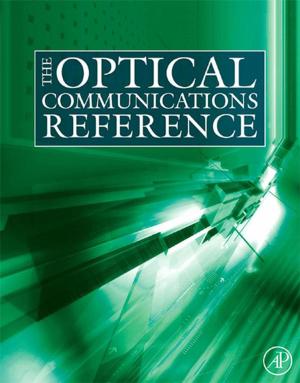Approaches to Design and Synthesis of Antiparasitic Drugs
Nonfiction, Health & Well Being, Medical, Ailments & Diseases, Infectious Diseases, Parasitology, Medical Science, Pharmacology| Author: | ISBN: | 9780080527529 | |
| Publisher: | Elsevier Science | Publication: | July 10, 1997 |
| Imprint: | Elsevier Science | Language: | English |
| Author: | |
| ISBN: | 9780080527529 |
| Publisher: | Elsevier Science |
| Publication: | July 10, 1997 |
| Imprint: | Elsevier Science |
| Language: | English |
This book presents a comprehensive and up to date account of the chemotherapy of parasitic diseases, both human and veterinary. The book starts with an overview of parasitic diseases. The body of the book is divided into two parts: antihelminthic drugs, and antiprotozoal drugs. Both parts start with chapters highlighting the 'biochemical targets' available for chemotherapeutic interference. Individual chapters deal with one chemical class of compounds and describe their origin, structure-activity relationship, mode of action, and methods of synthesis and their status both in clinical and veterinary practice. The book will be useful to a wide spectrum of readers: students embarking on a research career in parasitic chemotherapy, clinicians (and veterinarians) and clinical pharmacologists desiring detailed information about the drugs currently in use, and pharmaceutical technologists wanting to update their knowledge of the methods of manufacture.
This book presents a comprehensive and up to date account of the chemotherapy of parasitic diseases, both human and veterinary. The book starts with an overview of parasitic diseases. The body of the book is divided into two parts: antihelminthic drugs, and antiprotozoal drugs. Both parts start with chapters highlighting the 'biochemical targets' available for chemotherapeutic interference. Individual chapters deal with one chemical class of compounds and describe their origin, structure-activity relationship, mode of action, and methods of synthesis and their status both in clinical and veterinary practice. The book will be useful to a wide spectrum of readers: students embarking on a research career in parasitic chemotherapy, clinicians (and veterinarians) and clinical pharmacologists desiring detailed information about the drugs currently in use, and pharmaceutical technologists wanting to update their knowledge of the methods of manufacture.















